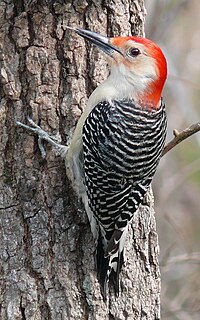A long-time coworker is retiring. He and his wife are avid golfers, so his send-off will be centered around that theme. We have no party budget, so I decided to make centerpieces using mostly things I have on hand. The only thing I purchased was the ribbon. To make these you'll need:
10 - 4" clay pots
6 - Floral styrofoam "mug plugs"
A pencil
10 non-bendable plastic straws in the color of your choice
Cellophane or paper "grass"
10 golf balls
Graph paper, 1/4" squares
Glue stick
Hot glue gun
4 1/4 yards ribbon
Scissors
Confetti, if desired
First, I dismantled flower pots I had made for a wedding. I don't glue my styrofoam into the pot, so I can lift one arrangement out put in another as needed.
Cut each "mug plug" into thirds.
Press one-third section firmly into pot.
Use a pencil to make a hole in the center of the styrofoam.
Hold styrofoam down while retracting pencil.
Insert plastic straw. You could also use a colorful pencil, or dowel rod cut and painted to the size and color of your choice.
Add green grass and a golf ball.
Trim grass around edge of pot.
Print hole numbers on green printer paper. Use a font that has all numbers uniform in size (some are not). Numbers should be 3/8 to 1/2" in height. (If you read to the end of this tutorial, you'll see we later changed the flag numbering system.)
To make the flags, two templates are needed. The first is a 1.5" square, with a 2.5" long triangle off to the right. Cut a viewing window as pictured.
The second template is a triangle of identical size, trimmed to take 1/8" off each of the long sides. Cut a viewing window in this template also.
Use templates to line numbers up on the flags. Rather than tracing the templates, use a sharp pencil to make a dot at each point, then connect points with a pencil and ruler. Cut flag pieces out by cutting just inside the pencil lines.
Flag cut outs should look like this. Crease larger flag along one side of the 1.5" square. Crease in both directions. Crease will allow you to point the flag in whatever direction you choose. The crease line will also serve as a guide later.
Apply glue stick to the back side of the smaller piece, taking care to get glue on all three points. Apply to back side of larger flag piece. Then apply glue stick to 1 1/2 " square on large flag.
Carefully wrap glued side around straw, wrapping until you reach the crease line. Hold in place for about 10 seconds before letting go.
Reapeat until all flags are applied.
Warm up your hot glue gun. While it's warming, cut 10 pieces of ribbon, 15" long. I used 3/8" wide ribbon here, but 1/2" would also look nice.
Apply glue to center third of ribbon and wrap from center front around toward the back. Turn pot around. Apply glue to one end of remaining ribbon and apply to pot. Apply glue to second end of ribbon and apply so that ends line up neatly. If the retiree were a woman, I may have added a small bow. Since its for a man, I chose not to.
A friend suggested creating a 19th hole,
with the flag saying "Retirement" on the opposite side.
Each pot will be accompanied by "golf ball" confetti.
The final touch will be a simple spring flower arrangement on the cake table. The color of the flowers will coordinate with those on the cake. :)























































